When hope fades, and the last embers of justice seem to flicker in the dark corridors of bureaucracy, millions of Indians look toward one institution — The Supreme Court of India. With its white marble dome rising above the bustling streets of New Delhi, the Supreme Court is not just an architectural marvel but a symbol — of hope, defiance, and the relentless pursuit of justice.
READ MORE : https://digitalmohit.co.in/category/news/
A Living Legacy of the Constitution
Established on January 28, 1950, just two days after the Indian Constitution came into force, the Supreme Court was envisioned as a guardian of the Constitution and the final arbiter of justice. But over the decades, it has become more than a court — it’s a moral compass, a watchdog, and for many, the last refuge when all other systems fail.
It is where the voiceless find a voice.
Where the forgotten are remembered.
Where even the mightiest are held accountable.
READ MORE : https://digitalmohit.co.in/
More Than Black Robes and Latin Maxims
Justice in India wears a black robe, yes — but behind that robe is a human heart, deeply aware of the nation’s vast inequalities. The Supreme Court is a collection of 23 Justices (at present), led by the Chief Justice of India, each bringing not just legal expertise but also personal stories, struggles, and perspectives.
For instance, Justice Hima Kohli, one of the few women to rise to the top bench, brought with her decades of experience from the Delhi High Court. Or Justice D.Y. Chandrachud, now revered for his progressive interpretations on privacy, LGBTQ rights, and reproductive autonomy.
These judges are not infallible gods. They are human. But often, they stand as the last barrier between the people and unchecked power.
Landmark Judgments: Justice That Echoed
Let’s take a walk through just a few powerful moments when the Court didn’t just deliver a verdict — it made history:
1. Kesavananda Bharati Case (1973)
Established the Basic Structure Doctrine. This was more than legal jargon — it protected India’s Constitution from political whims and safeguarded democracy itself.
2. Maneka Gandhi v. Union of India (1978)
Expanded the scope of Article 21 – the right to life and personal liberty – laying the foundation for human rights jurisprudence in India.
3. Navtej Singh Johar v. Union of India (2018)
Struck down Section 377, decriminalizing homosexuality. This wasn’t just a legal victory; it was a moment of liberation for millions in the LGBTQIA+ community.
4. Vishaka v. State of Rajasthan (1997)
Led to the creation of guidelines to prevent sexual harassment at workplaces — years before the #MeToo movement caught fire globally.
These judgments, and many others, show that the Court doesn’t just interpret the law — it shapes society.
A Court for the Commoner
One of the most defining traits of the Supreme Court is its Public Interest Litigation (PIL) mechanism. Introduced in the late 1970s, PILs allowed any citizen to approach the Court on behalf of those who couldn’t. No longer did justice remain the privilege of the rich.
From bonded laborers to displaced tribes, from environmental pollution to fake encounters, PILs became the weapon of the weak.
Justice P.N. Bhagwati, a key architect of the PIL era, once said,
“Law must not be aloof to the sufferings of the poor. It must be a tool of social change.”
Not Without Flaws
To be honest, the Supreme Court has had its shadows too.
Delays. Pendency. Ambiguity. Sometimes, silence in the face of rising authoritarianism. Sometimes, controversial judgments that leave the public confused and disillusioned.
But in a democracy, institutions grow, and the Supreme Court has often shown the ability to self-correct — revisiting judgments, admitting oversight, and renewing its vows to the people.
The People’s Embrace
Across India, from the dense lanes of Kolkata to the far-flung villages of Nagaland, people still believe. There’s something poetic — and powerful — about the way people say, “Let’s go to the Supreme Court,” when all else fails.
It’s a place where a tribal girl from Jharkhand can fight a multinational company. Where a whistleblower in Rajasthan can challenge a state government. Where a teenager in Kerala can defend their identity.
It may take time, it may be messy, but when justice comes from that Bench, it is heard across the nation.
The Supreme Court in 2025 — Still the Final Word?
In 2025, the Court finds itself at the heart of some of the biggest questions of our time:
- Can artificial intelligence threaten fundamental rights?
- Should electoral bonds be allowed in a democracy?
- What are the limits of executive power?
- Is dissent still safe in a digital India?
And in all this, the Court walks a tightrope — between precedent and progress, between restraint and reform.
But despite everything, one thing remains unchanged:
When hope runs dry, India turns to the Supreme Court.
Final Thoughts
The Supreme Court of India isn’t perfect. But in a country as complex and chaotic as ours, perfection is never the goal — integrity is.
As citizens, we must question the Court, challenge it, and yet cherish it — because at its heart, the Court is ours. It is the echo of a billion hopes, the reflection of a diverse people, and the promise that no matter who you are, justice will have your back.

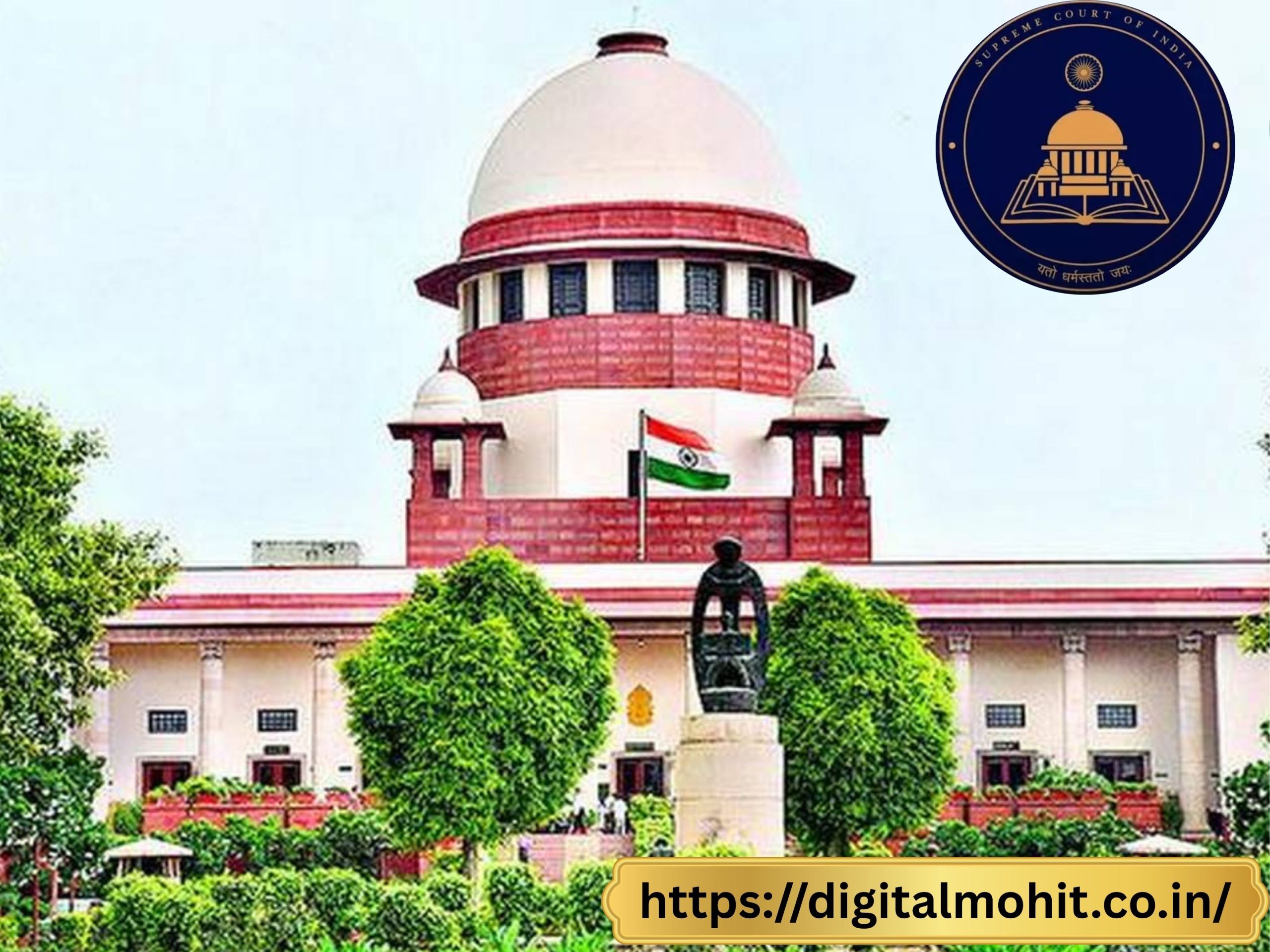
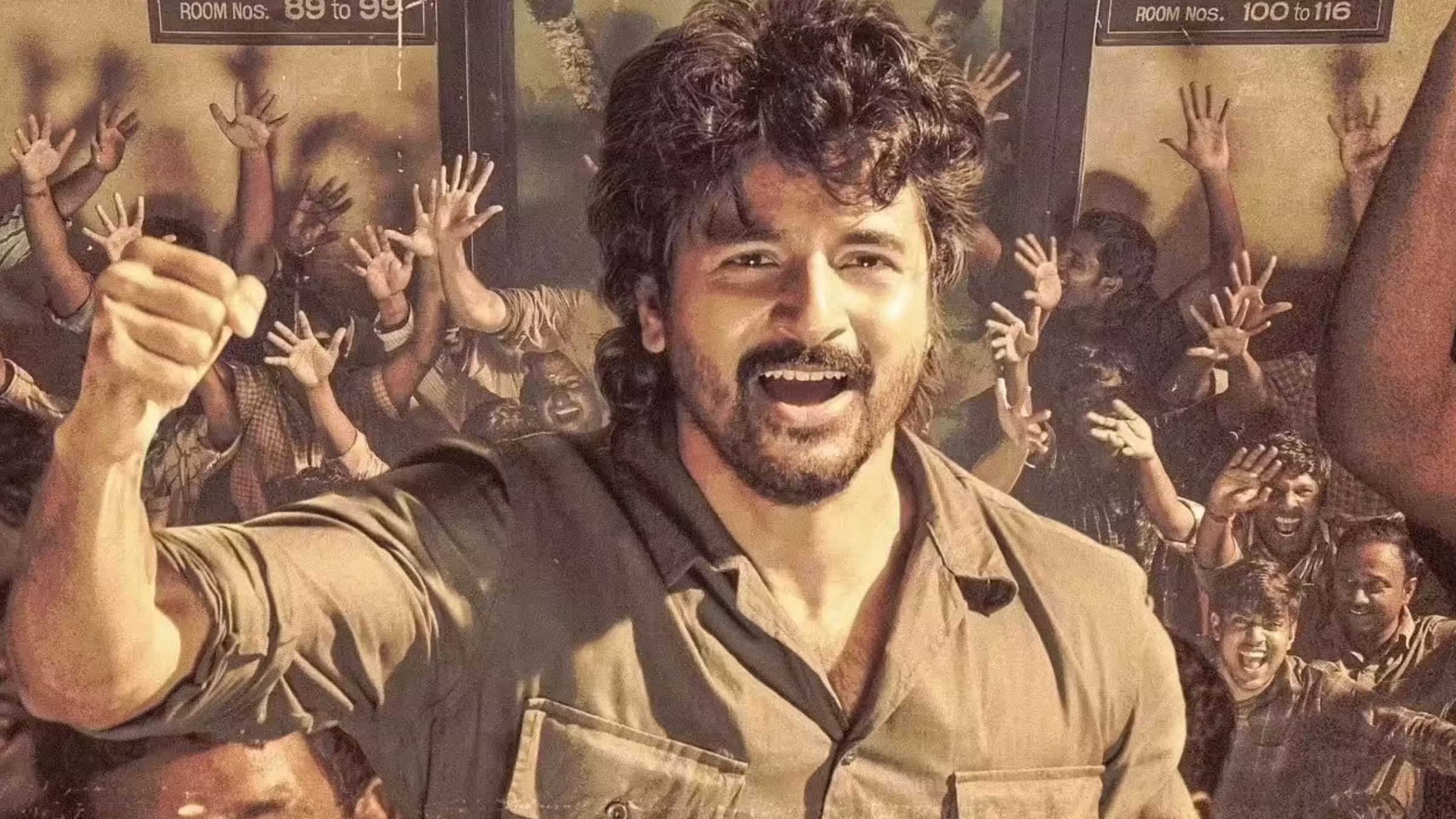


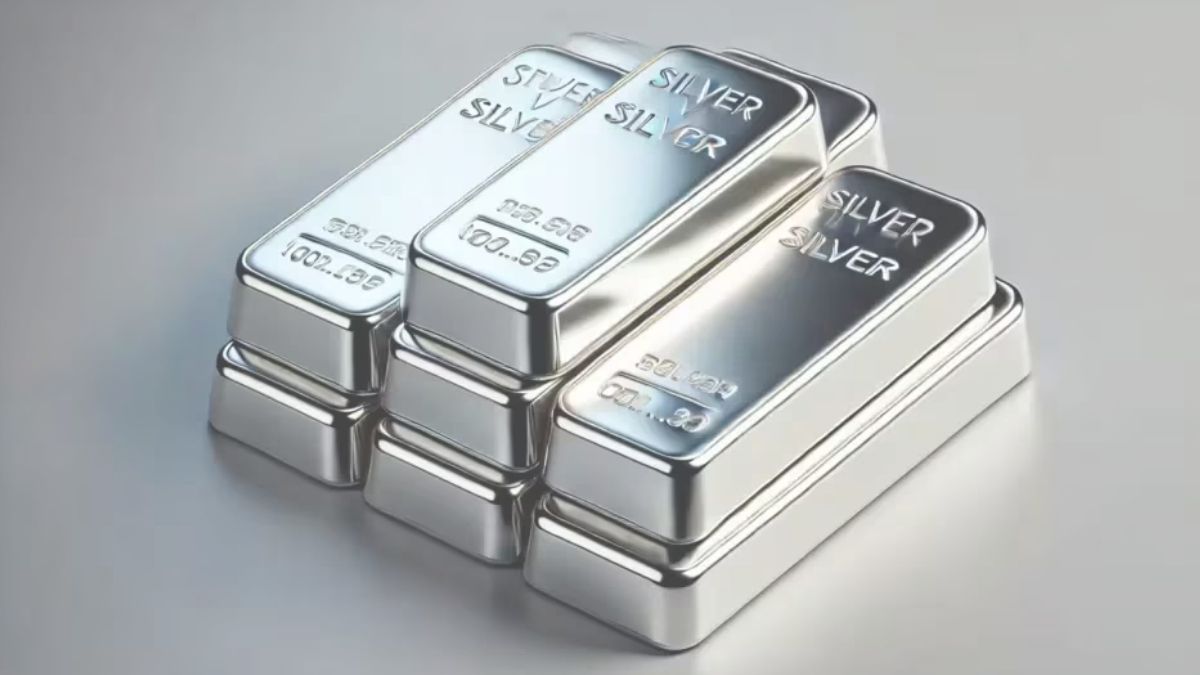



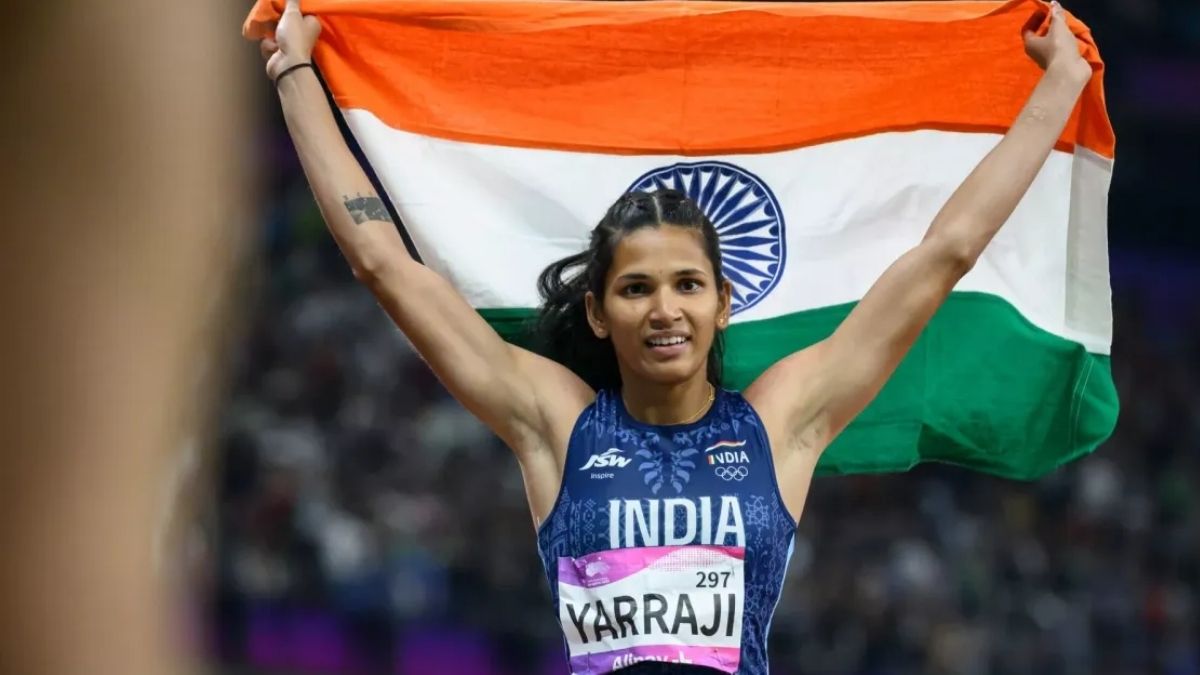
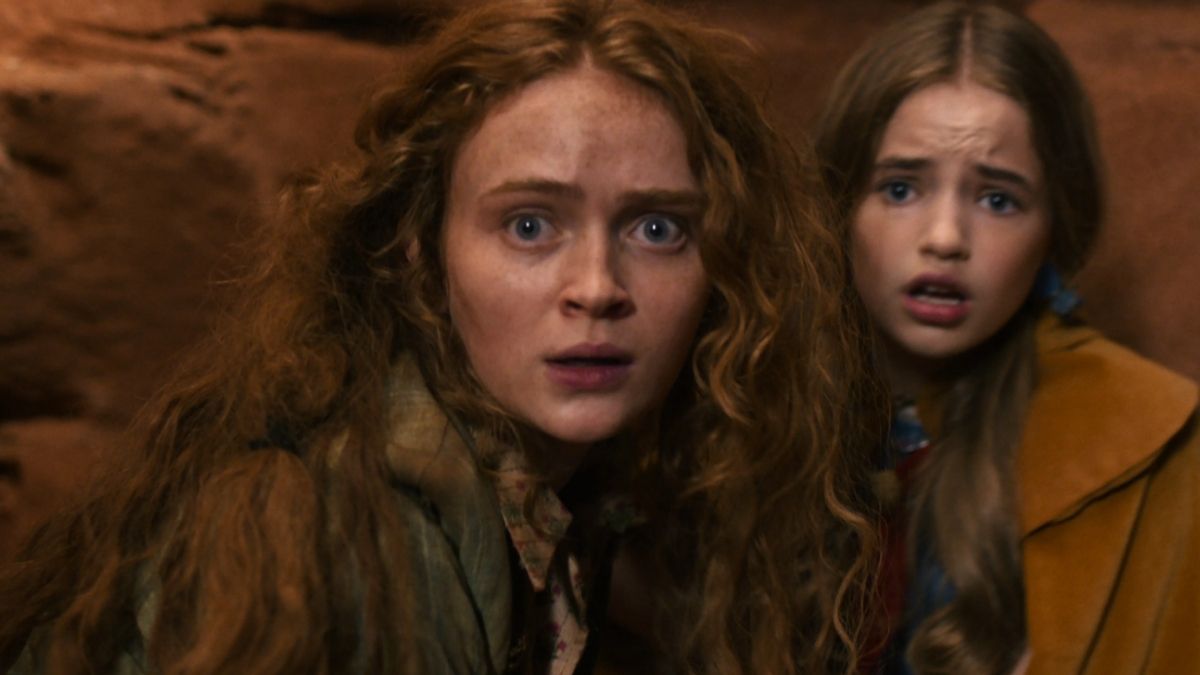





Leave a Reply